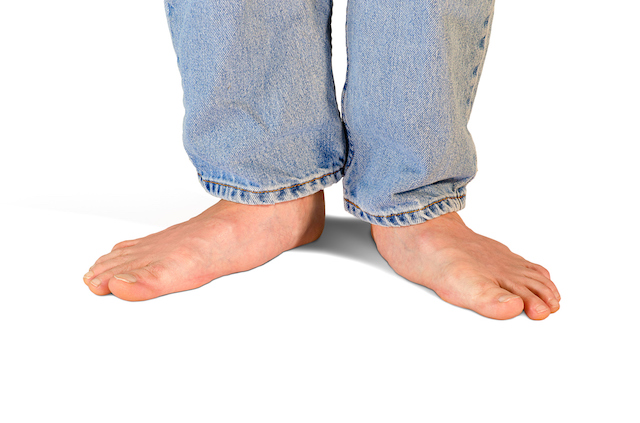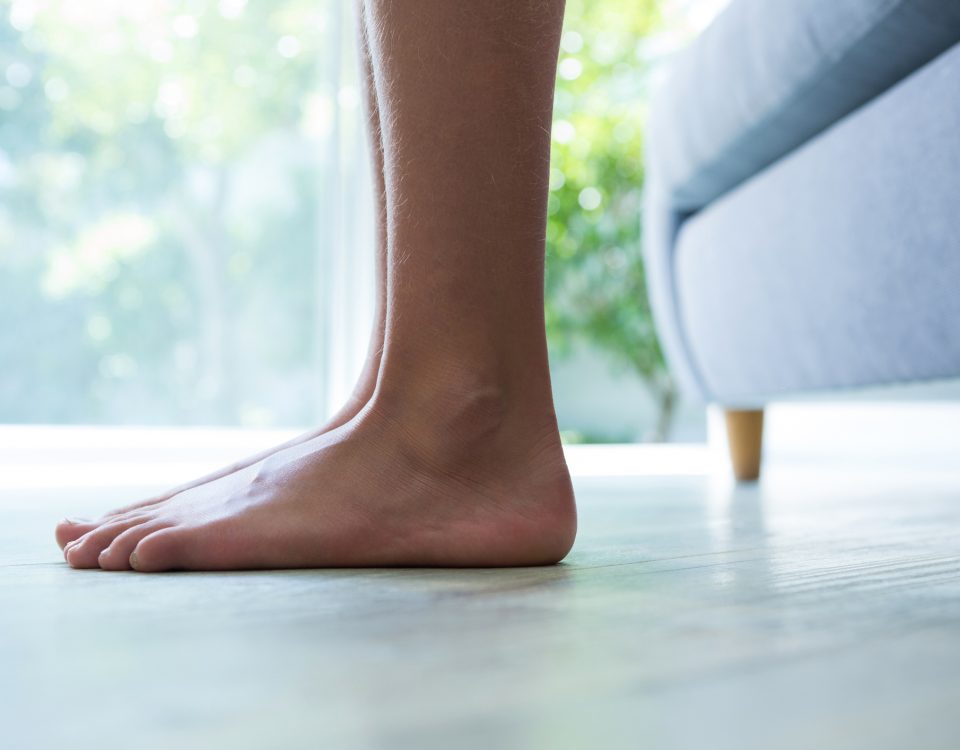- Have any questions?
- +91-9811443717
- info@dranujchawla.com
Everything you need to know about flexible flatfeet

How Do Flat Feet Affect Your Overall Health?
May 25, 2021
Can HyProCure surgery help in flatfoot treatment?
June 17, 2021Everything you need to know about flexible flatfeet

What are flatfeet?
Flatfeet can be considered as a foot problem that is related to the foot’s structural deformity due to the loss of arch. It makes the entire sole of the foot look flat while standing. In the majority of cases, it is difficult to observe the symptoms in the initial stage, which in turn increases the risk of complications in the later phase. It may progress to foot pain, rigidity and, disability (in some cases). There are two forms of this foot problem, and these are:
- Flexible flatfeet
- Rigid flatfeet
What are flexible flatfeet?
This type of flatfeet is the most common form of flatfeet. It develops during childhood or adolescence and usually prevails during adulthood too. With the progression of the deformity, the soft tissues & ligaments present at or near the arch may overstretch or tear that may lead to inflammation. It is asymptomatic in a lot of people and is said to be flexible because the sole becomes flat while standing, but returns back to the normal structure during sitting or lying.
Some symptoms that you may observe
- Heel, ankle, or arch pain
- Rolling of the ankle (inwards)
- Experiencing pain along the shin bone, lower back, hips, or knees
- Mild ache or tiredness in the leg or foot
How to diagnose?
Each case of flatfeet is unique, and hence one should get the help of an experienced foot and ankle doctor for diagnosis and effective treatment. A renowned researcher and podiatrist, LT Staheli, also mentioned in his research that in the case of flexible flatfoot, the fall of the medial longitudinal arch might vary according to the intensity of weight-bearing movements as the arch only collapses during such movements. For diagnosis, your expert can perform the tiptoe test and Jack’s test.
- Tiptoe test: In this test, the patient is instructed to raise heels and try to put pressure only on the tip of the toes. If the patient is suffering from flexible flatfeet, then reconstruction of the arch and inward shifting of the heel can be observed in this test.
- Jack’s test: In this test, the expert lifts the big toe upwards bringing it in dorsiflexion posture and note the structure of medial longitudinal arch and stiffness. The emergence of the arch in this test is a clear indication of flexible flatfoot.
If while doing any of these maneuvers, the arch is not recreated and the heel does not turn inwards, then it is termed as a rigid flatfoot. Rigid flat feet can be caused due to coalition in younger adults or kids. In this condition, there is an abnormal connection between the 2 bones of the foot.
Rigid flatfoot can also be seen in elderly people with flat feet associated with arthritis.
Treatment options
Like other biomechanical foot problems, this problem can be treated through surgical as well as non-surgical approaches. You should get immediate medical help to avoid complications. As non-surgical treatment options, your doctor may recommend you the following:
- Change in physical activities: To avoid putting stress on the arches, you may be advised to limit movements and rest well. In some cases with acute pain and swelling, immobilization with plaster may be needed as well.
- Maintaining the right weight: If you are overweight, your doctor may advise you to lose some weight as extra weight on the feet can amplify the pain and pressure on your arches.
- Usage of orthotic devices: You can also try customized orthotic devices in your shoes for enough support.
- Physical therapy: To strengthen and improve the foot’s structure, you may be recommended to attend a few sessions of physical therapy.
So these were some non-surgical treatment options. But in complex cases, one may also be advised to undergo surgery followed by a pre-planned rehab plan. If you are looking for a trusted medical expert for flatfeet treatment, you can also consult Dr. Anuj Chawla, an experienced foot & ankle doctor in Gurgaon. He will implement his knowledge to effectively treat the problem so that you go back to your active life.

